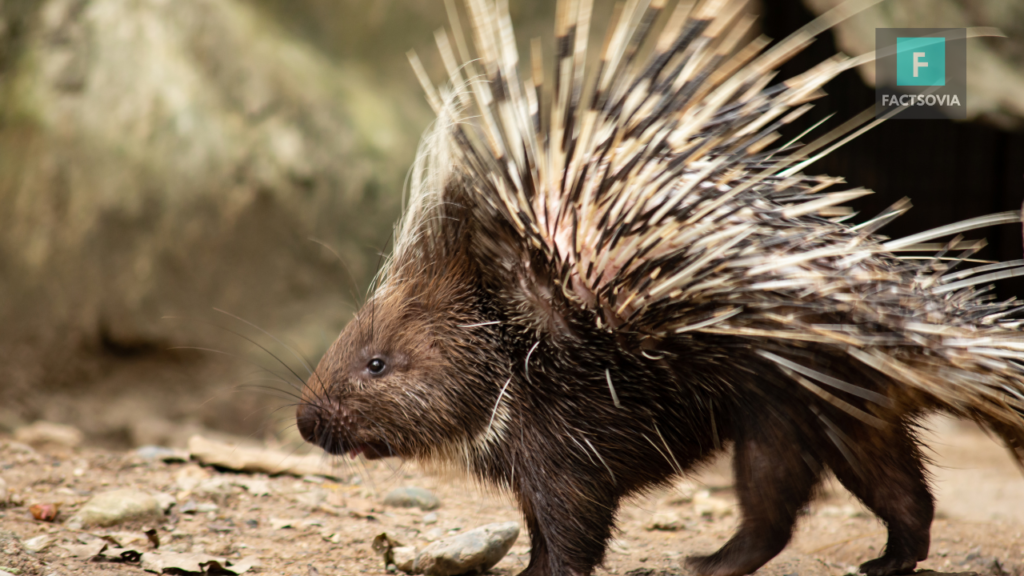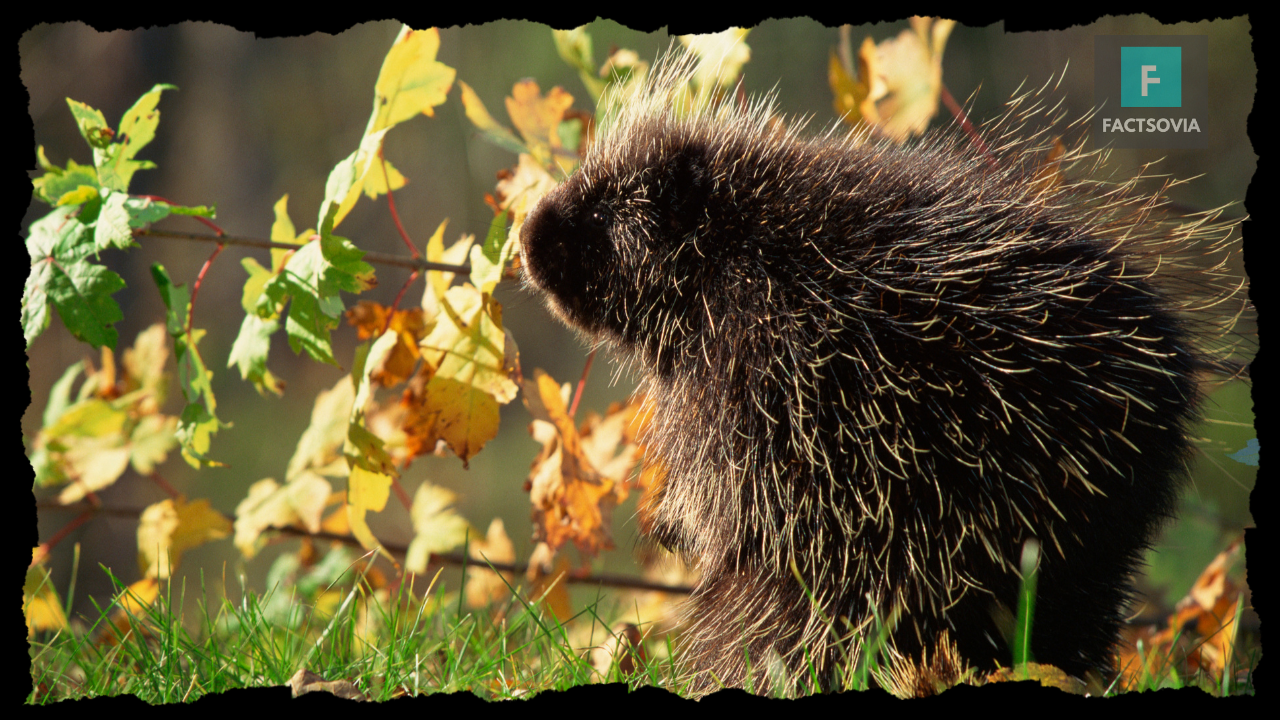We use affiliate links to run our site. When you buy through links on our site, we may earn an affiliate commission, without any added cost to you. Learn more
Porcupines are well-known for their spiky quills that provide them with a formidable defense against predators. However, there is much more to these animals than meets the eye.
Porcupines can be found in a variety of habitats throughout the world, and their survival is affected by numerous factors.
In this article, we will explore where porcupines live, their habitat preferences, adaptations, and interactions with humans.
About the Animal:
Porcupines are a type of rodent that is famous for their quills, which are modified hairs that can be raised and lowered at will.
These quills are sharp and barbed, and they detach easily, making them a powerful deterrent against predators.
Porcupines are found on every continent except Australia and Antarctica, and there are dozens of different species that vary in size and color.
Different Species
There are around 30 different species of porcupine, and they are divided into two main groups: Old World porcupines and New World porcupines.
Old World porcupines are found in Europe, Asia, and Africa, while New World porcupines are found in the Americas.
The most common species of porcupine in North America is the North American porcupine, which is also known as the Canadian porcupine.
Geographical Range
Porcupines can be found in a wide variety of habitats, from deserts to forests to grasslands. They are most commonly found in North America, where they range from Alaska down to Mexico.
In South America, porcupines are found in the Amazon rainforest and other tropical forests. In Africa, porcupines are found in savannas, forests, and grasslands, while in Europe and Asia, they are found in forests and scrublands.

Habitat Preferences
Porcupines are adaptable animals that can survive in a variety of different habitats. However, they do have certain preferences when it comes to their living conditions.
Porcupines are primarily nocturnal animals, which means they are active at night and sleep during the day. They prefer to live in areas with plenty of trees or other vegetation, as this provides them with both food and shelter.
Factors Affecting Survival
These interesting animals face a number of challenges when it comes to survival. One of the biggest challenges is finding enough food to eat.
Porcupines are herbivores, and they primarily eat bark, twigs, and leaves. In areas where their preferred food sources are scarce, porcupines may have to resort to eating roots, bulbs, or even carrion.
Another challenge is avoiding predators. While porcupines are well-equipped to defend themselves, they are still vulnerable to larger predators such as wolves, cougars, and bears.
Threats to the Populations
Porcupines are not considered endangered, but they do face threats from habitat loss and fragmentation.
As human populations continue to grow and expand into new areas, porcupines may lose their habitats or be forced to live in smaller and more isolated patches of land.
This can make it harder for them to find food and mates, and can also increase their vulnerability to predators.
Adaptations
Porcupines have a number of adaptations that help them survive in their environments. Their quills are their most obvious adaptation, providing them with a powerful defense against predators.
However, porcupines also have strong teeth that allow them to gnaw through tough vegetation, and they have strong forelimbs that help them climb trees and navigate their environments.
Interactions with Humans
Porcupines have a complex relationship with humans. On the one hand, they are often seen as pests that damage trees and gardens. On the other hand, porcupines have been valued for their quills and their meat, which is considered a delicacy in some cultures.
In some areas, porcupines are hunted for their quills or meat, while in other areas they are protected by law.
Porcupines can also have negative interactions with humans when they come into contact with roads or other human infrastructure.
Porcupines are slow-moving animals that often travel along roads or other clearings, and they may be hit by cars or other vehicles.
In addition, porcupines have been known to chew on wires or other structures, causing damage or even starting fires.
In Popular Culture
Porcupines have been a part of human culture for thousands of years. In many Native American cultures, porcupines were seen as symbols of strength and protection, and their quills were used for a variety of purposes, including as decorations and as tools.
They have also appeared in literature and art, including in the children’s book “A Balloon for Isabel” by Laura Rankin and in the Paramount Animation film “Wonder Park.”
Conclusion
Porcupines are fascinating animals that can be found in a variety of habitats throughout the world. While they face a number of challenges when it comes to survival, they have a number of adaptations that help them thrive in their environments.
By understanding where porcupines live and how they interact with their surroundings, we can better appreciate these unique creatures and the important role they play in their ecosystems.
Frequently Asked Questions (FAQs):
Are porcupines dangerous to humans?
While porcupines are not aggressive toward humans, they can be dangerous if threatened. Their quills can cause serious injury if they become lodged in skin.
Do porcupines hibernate?
Porcupines do not hibernate, but they may become less active during the winter months.
How long do porcupines live?
Porcupines can live up to 10 years in the wild, but their lifespan is often shorter due to predation and other factors.
Can porcupines swim?
Porcupines are not strong swimmers, but they are able to paddle short distances if necessary.
What is the difference between Old World and New World porcupines?
Old World porcupines are found in Europe, Asia, and Africa, while New World porcupines are found in the Americas. Old World porcupines have longer quills that do not detach easily, while New World porcupines have shorter quills that are easily dislodged.
Amazon and the Amazon logo are trademarks of Amazon.com, Inc, or its affiliates.
